FEMORAL NECK FRACTURES
Hip is a ball and socket joint where upper leg meets the pelvis. Femur is the longest, strongest bone of the body and is also called “thigh bone”. At the top of the femur is the femoral head. This is the ball that sits in the socket. Just below the femoral head is the femoral neck. The femoral neck is the most common location for a hip fracture.
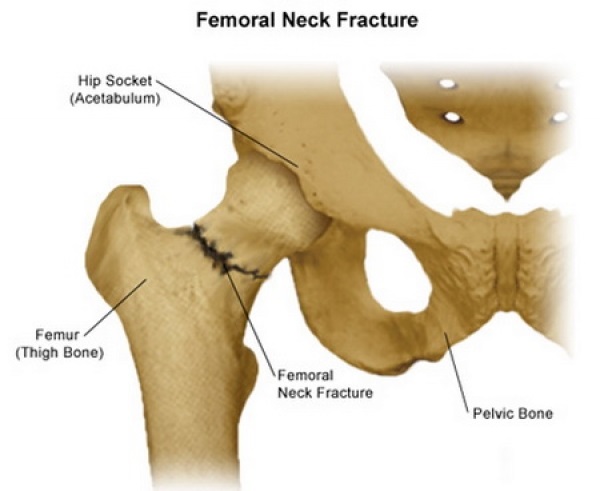

CAUSES
Trauma is the most common cause of femoral neck fractures in all age groups.
Most common cause of femoral neck fracture in elderly is Osteoporosis -A condition in which the bones become weak in elderly over the age of 50.
High-energy trauma such as a fall from height and vehicle collision are the causes of this fracture in young people.
Femoral neck fracture is rare in children. But may occur in kids with cerebral palsy or muscular diseases.
Femur neck is the commonest site of fracture in elderly. Commonly seen in postmenopausal women, and in people with diabetes, stroke, alcoholics.
CLINICAL PRESENTATION
Patient presents with a history of fall from height, unable to move the leg on presentation, pain and swelling of an outer part of thigh, painful movements of hip and or knee, groin pain, shortening and rotation of leg.
DIAGNOSIS
Diagnosis is done by an asking mode of injury. Pain on movement of hip Unable to raise the leg straight, tenderness and swelling in the groin region, unable to walk, shortening and external rotation of leg are suggestive of femoral neck fracture.
Diagnosis is confirmed by imaging like x-ray and MRI.
X-ray is the first line of diagnosis for displaced fractures.
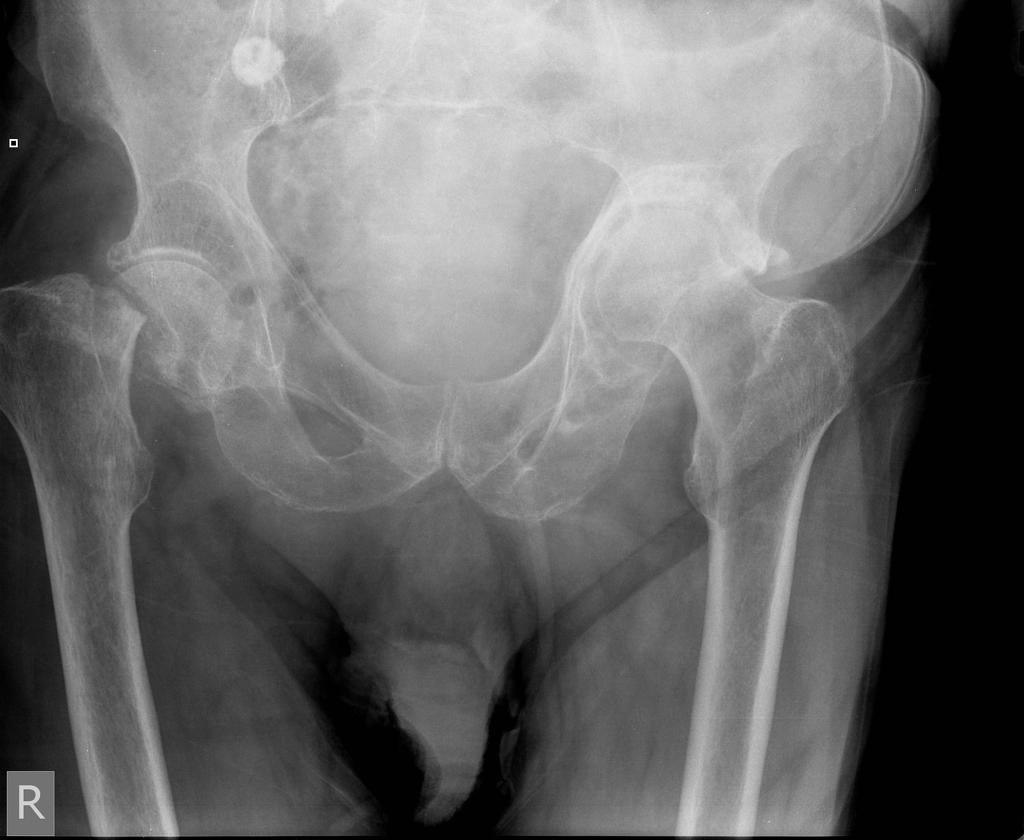

MRI is the second line of diagnosis for un-displaced fractures or for the fractures not apparent in x-ray films.
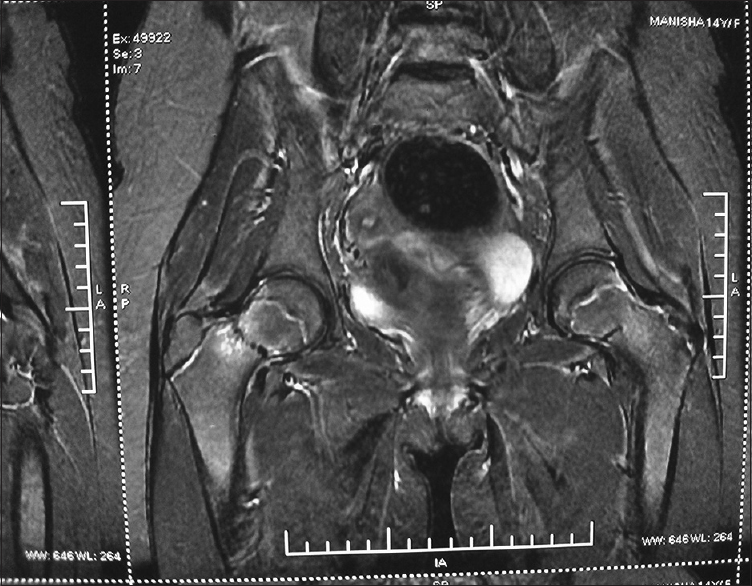

TREATMENT
Treatment involves surgery, medication, rehabilitation.
In children closed reduction and hip spica are used.
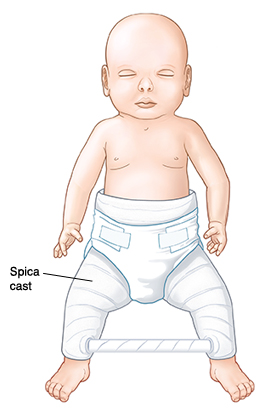

In adults 2 options are available, operative and non-operative.
Nonoperative treatment includes bed rest mainly for elderly whose medical condition carries high risk of mortality from anesthesia and surgery.
Operative treatment includes internal fixation by using metal pins and screws.
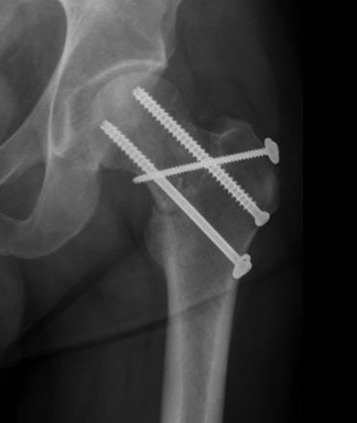

Other operative treatment options include Partial hip replacement or the Total hip replacement.
Partial hip replacement is the treatment of option for complicated fractures, displaced fractures, people with dementia, paralysis, parkinsonism. It involves removing the head and neck and replacing it with a metal prosthesis.
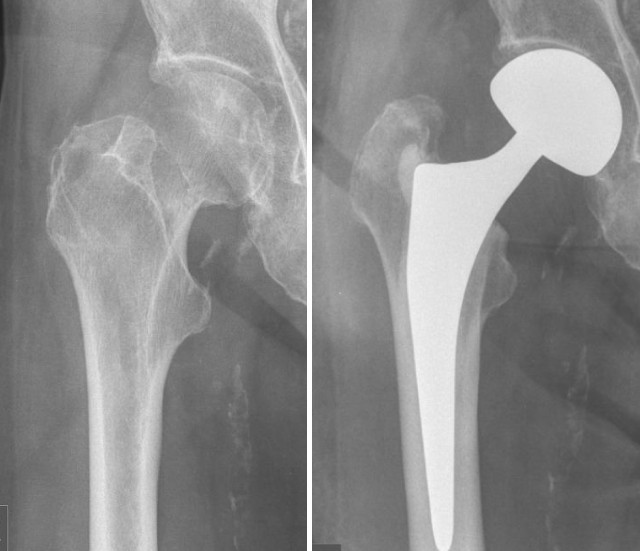

Total hip replacement is done in patients with osteoarthritis, rheumatoid arthritis. In this procedure replacement of upper femur and socket is done with a prosthesis.


Frequently Asked Questions
A hip fracture can reduce your independence and sometimes shorten your life. About half the people who have a hip fracture aren’t able to regain the ability to live independently.
If a hip fracture keeps you immobile for a long time, the complications can include:
- Blood clots in your legs or lungs
- Bedsores
- Urinary tract infections
- Pneumonia
- Further loss of muscle mass, increasing your risk of falls and injuries
- Death
